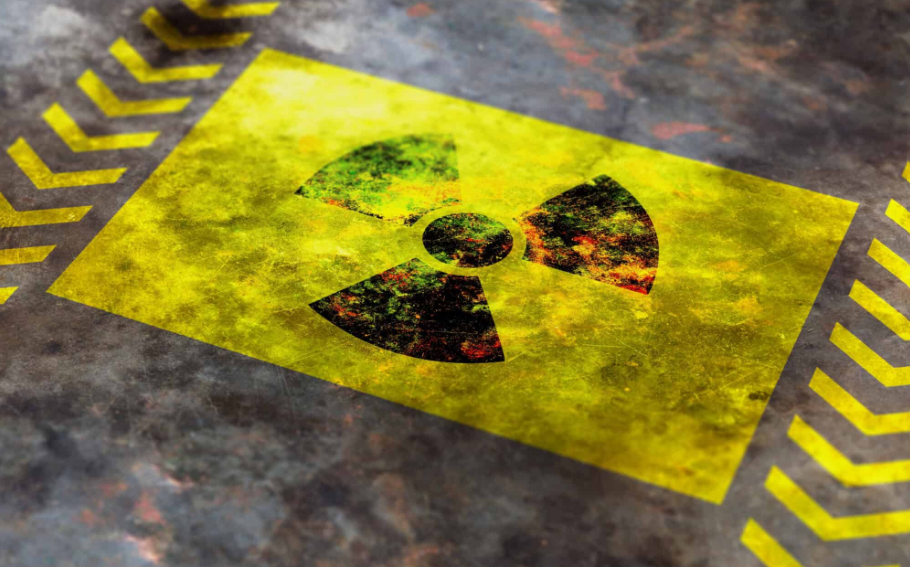The expansion of nuclear facilities across Asia has raised significant concerns about potential health risks, particularly the increased risk of cancer. As more countries in the region invest in nuclear energy, understanding these risks is crucial for public health and safety. “Cancer Risks from Nuclear Facilities in Asia: A Growing Health Crisis” delves into the implications of nuclear power on health, focusing on cancer risks and the measures needed to mitigate them.
Cancer Risks from Nuclear Facilities in Asia: A Growing Health Crisis
Nuclear facilities, while offering a reliable source of energy, also pose serious health risks. Radiation exposure is a primary concern, as it can lead to various types of cancer. This article explores the factors contributing to cancer risks, the impact on communities near nuclear plants, and the steps needed to protect public health.
1. Radiation Exposure and Cancer
Radiation is a well-known carcinogen. Prolonged exposure to low levels of radiation or acute exposure to high levels can damage DNA and lead to cancer. Nuclear facilities emit ionizing radiation, which increases the risk of developing cancer among nearby populations.
Types of Cancer Linked to Radiation Exposure
Several types of cancer are associated with radiation exposure, including leukemia, thyroid cancer, breast cancer, and lung cancer. These cancers can develop years after initial exposure, making it challenging to link them directly to nuclear facilities.
2. Vulnerable Populations
Certain populations are more vulnerable to the effects of radiation. Children, pregnant women, and individuals with compromised immune systems are at higher risk. Ensuring the safety of these groups is critical in areas surrounding nuclear plants.
Impact on Local Communities
Communities living near nuclear facilities face higher exposure levels, especially if there are accidents or leaks. These communities often experience higher rates of cancer and other health issues compared to the general population.
3. Case Studies in Asia
Several countries in Asia have experienced incidents that highlight the dangers of nuclear facilities. Studying these cases helps understand the long-term health impacts and the need for stringent safety measures.
Fukushima Disaster
The Fukushima Daiichi nuclear disaster in Japan is a stark reminder of the potential risks. Following the 2011 earthquake and tsunami, the plant experienced a meltdown, releasing significant radiation. The long-term health effects, including increased cancer rates, are still being studied.
Chernobyl’s Legacy
While Chernobyl is not in Asia, its lessons are universal. The disaster led to a surge in thyroid cancer among children and other health issues in affected areas. These insights are crucial for understanding and preventing similar outcomes in Asia.
4. Safety Measures and Regulations
Implementing robust safety measures and regulations is essential to minimize cancer risks from nuclear facilities. Countries in Asia must adopt international safety standards and continuously monitor radiation levels.
Importance of Regular Monitoring
Regular monitoring of radiation levels around nuclear facilities helps detect leaks early and prevent prolonged exposure. Governments should invest in state-of-the-art monitoring equipment and conduct frequent inspections.
Public Awareness and Education
Educating the public about radiation risks and safety precautions is vital. Awareness campaigns can help communities understand the importance of evacuation plans and other safety measures in case of an emergency.
5. Technological Advances
Advancements in technology can enhance the safety of nuclear facilities. Innovations in reactor design, waste management, and radiation shielding can reduce the risks associated with nuclear energy.
Next-Generation Reactors
Next-generation reactors, such as small modular reactors (SMRs), offer enhanced safety features and lower radiation emissions. These reactors can be a safer alternative to traditional large-scale nuclear plants.
Improved Waste Management
Effective waste management strategies are critical in mitigating radiation exposure. Innovations in waste processing and storage can minimize the environmental impact and reduce cancer risks.
Conclusion
In conclusion, “Cancer Risks from Nuclear Facilities in Asia: A Growing Health Crisis” highlights the urgent need for comprehensive safety measures and public awareness to address the health risks associated with nuclear energy. By understanding the potential dangers and implementing advanced technologies and regulations, we can protect communities and ensure a safer future.
FAQ
Q: What types of cancer are linked to radiation exposure from nuclear facilities?
A: Radiation exposure is linked to several types of cancer, including leukemia, thyroid cancer, breast cancer, and lung cancer.
Q: Who are the most vulnerable populations to radiation exposure?
A: Children, pregnant women, and individuals with compromised immune systems are the most vulnerable to radiation exposure.
Q: What can be done to minimize cancer risks from nuclear facilities?
A: Implementing robust safety measures, regular monitoring, public awareness campaigns, and adopting technological advancements can help minimize cancer risks.
Q: How did the Fukushima disaster impact cancer rates?
A: The Fukushima disaster led to increased radiation exposure, and the long-term health effects, including higher cancer rates, are still being studied.
Q: Are there safer alternatives to traditional nuclear reactors?
A: Yes, next-generation reactors such as small modular reactors (SMRs) offer enhanced safety features and lower radiation emissions.
Understanding and addressing the cancer risks associated with nuclear facilities is crucial for safeguarding public health in Asia. By taking proactive measures, we can mitigate these risks and ensure a safer environment for future generations.
